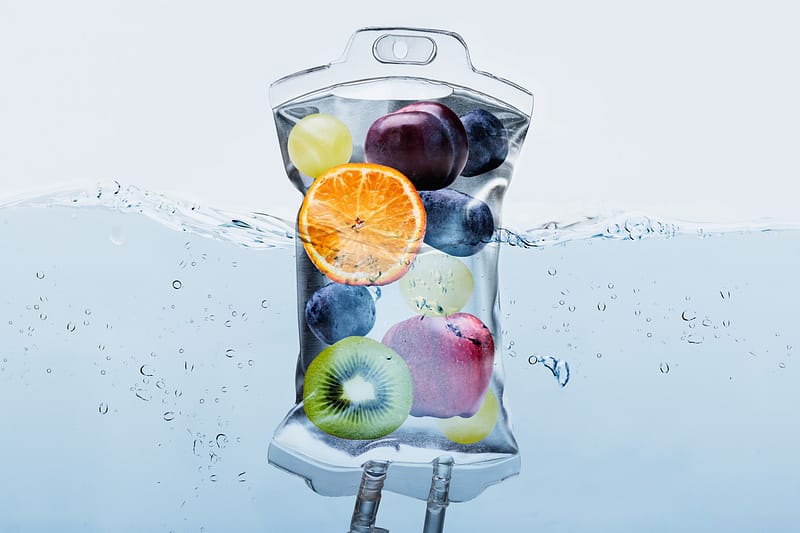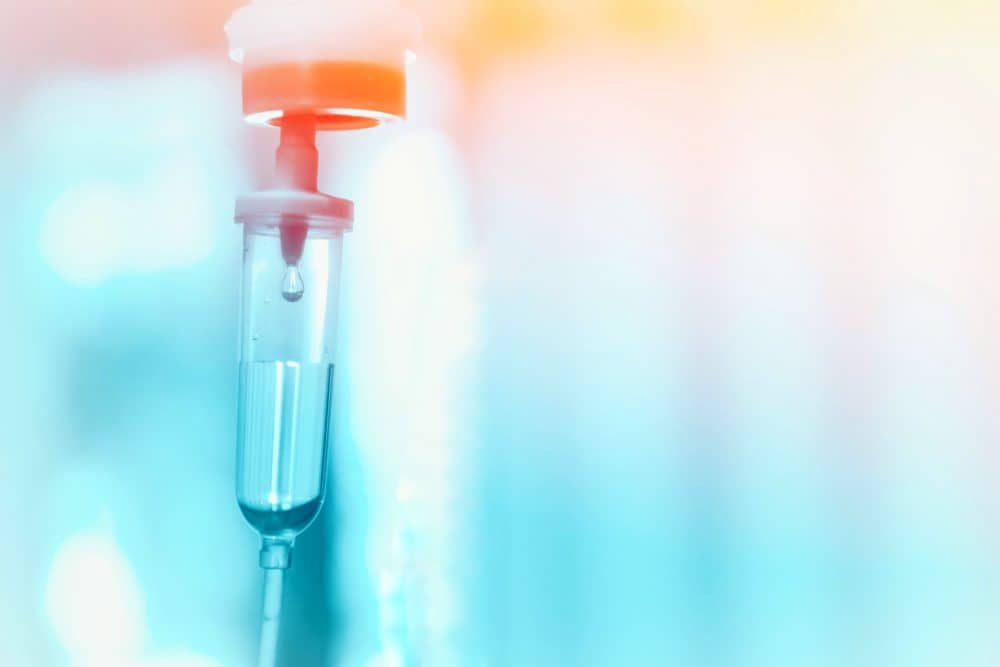In the U. S., public water supplies were first chlorinated in 1908. Since then, federal regulations have resulted in the chlorination of nearly all of America’s municipal water. Chemical additives can be added to hide chlorine’s odor. Chlorine is an industrial waste product that is added to water supplies to kill dysentery, cholera, typhoid, and hepatitis. Chlorine does not kill parasites and it has known adverse effects on human health. Both equipment and human errors routinely result in chlorine levels exceeding those allowed by the EPA.
Chlorination destroys vitamin E and contributes to hardening of the arteries, skin rashes, and headaches. It irritates the skin, eyes, and lungs, and interferes with the beneficial roles of cholesterol. In addition, it kills beneficial organisms (lactobacillus, etc.) in the digestive tract, thereby harming immune function and accelerates aging. Chlorine combines with organic matter present in water to result in the formation of trihalomethanes (THMs, including chloroform) that contribute to the incidence of cancer (particularly bladder and rectal cancers) and the risk of miscarriage.
Swimming in, showering in, and drinking chlorinated water all result in significant chlorine exposure. Sucralose (Splenda) is chlorinated sugar.
Ozone and hydrogen peroxide treatment of water are safer and less costly alternatives to chlorination.
Water testing performed by county health departments for the potability of water checks only for the presence of bacterial contamination and not for toxins. GSMC provides kits on request for testing a comprehensive panel of toxins, minerals, and bacteria.
This information is extracted, in part, from the Townsend Letter for Doctors and Patients, an alternative medical publication: http://www.tldp.com.














